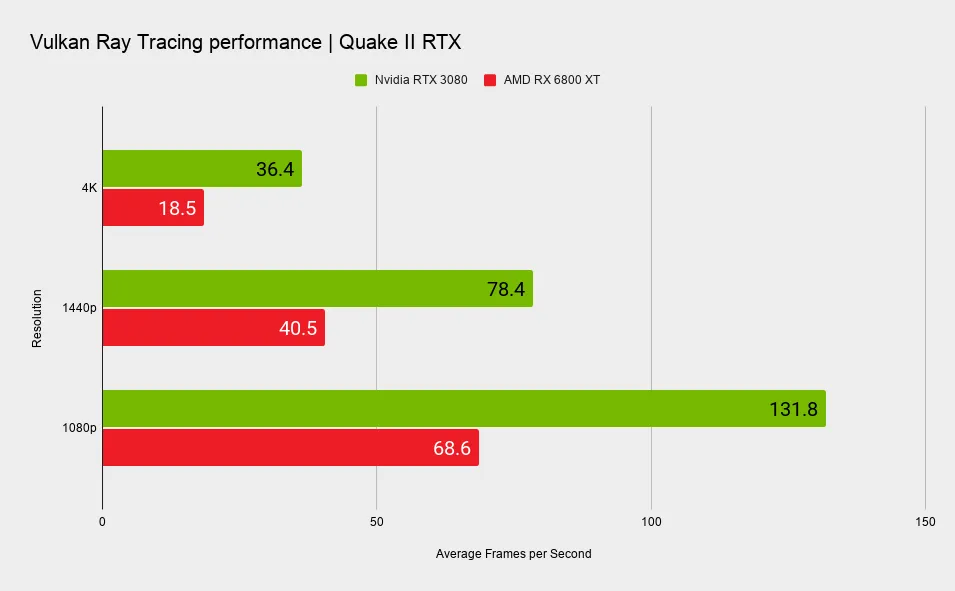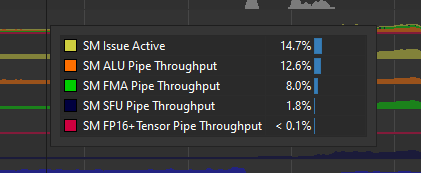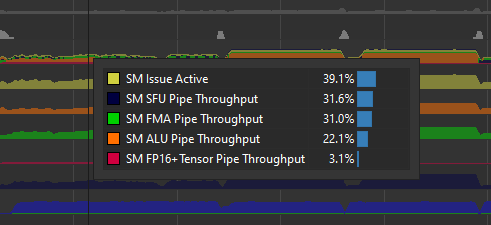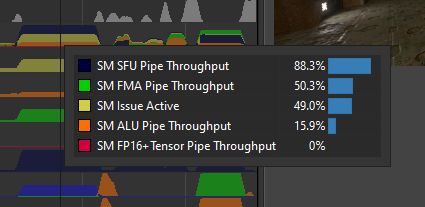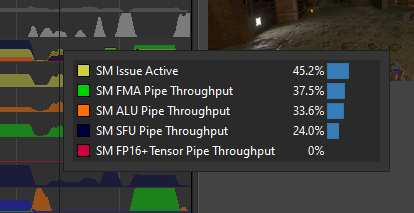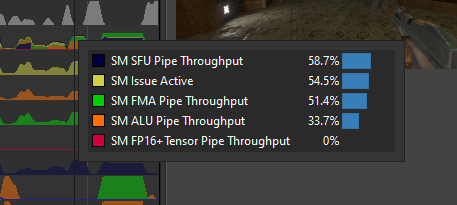DavidGraham
Veteran
TSMC's 7nm is close to Intel's modified 10nm. They are practically the same.AFAIK, AMD never used TSMC 10nm in any shipping/shipped consumer products. They went straight from GloFo 14/12nm to TSMC 7nm.
Nobody wants to say goodbye to Rasterization yet, we are in the era of hybrid rendering.Yeah, this is DX10 and G80 vs R600 again. The hardware, even Ampere, just isn’t ready to say goodbye to rasterisation.

